
Qianzhi Gao and Patrick Chen
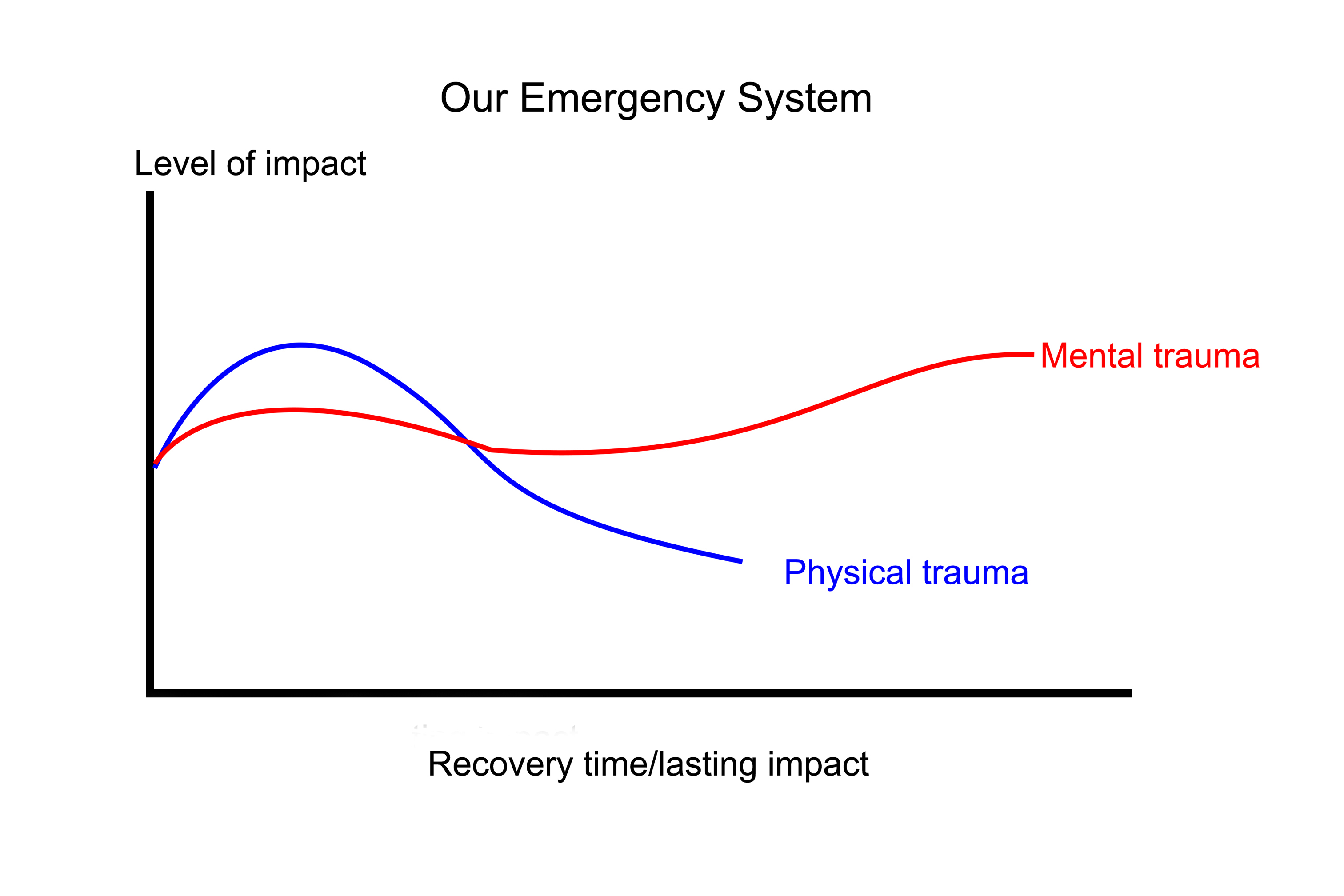
When we think about emergency systems, our primary goal is to see people’s lives. These systems are designed for physical survival and less about more qualitative measures of our livelihood. But perhaps we need to pay more attention to systems that affect our psychological health. We noticed that these psychological traumas tend to last longer than physical ones.
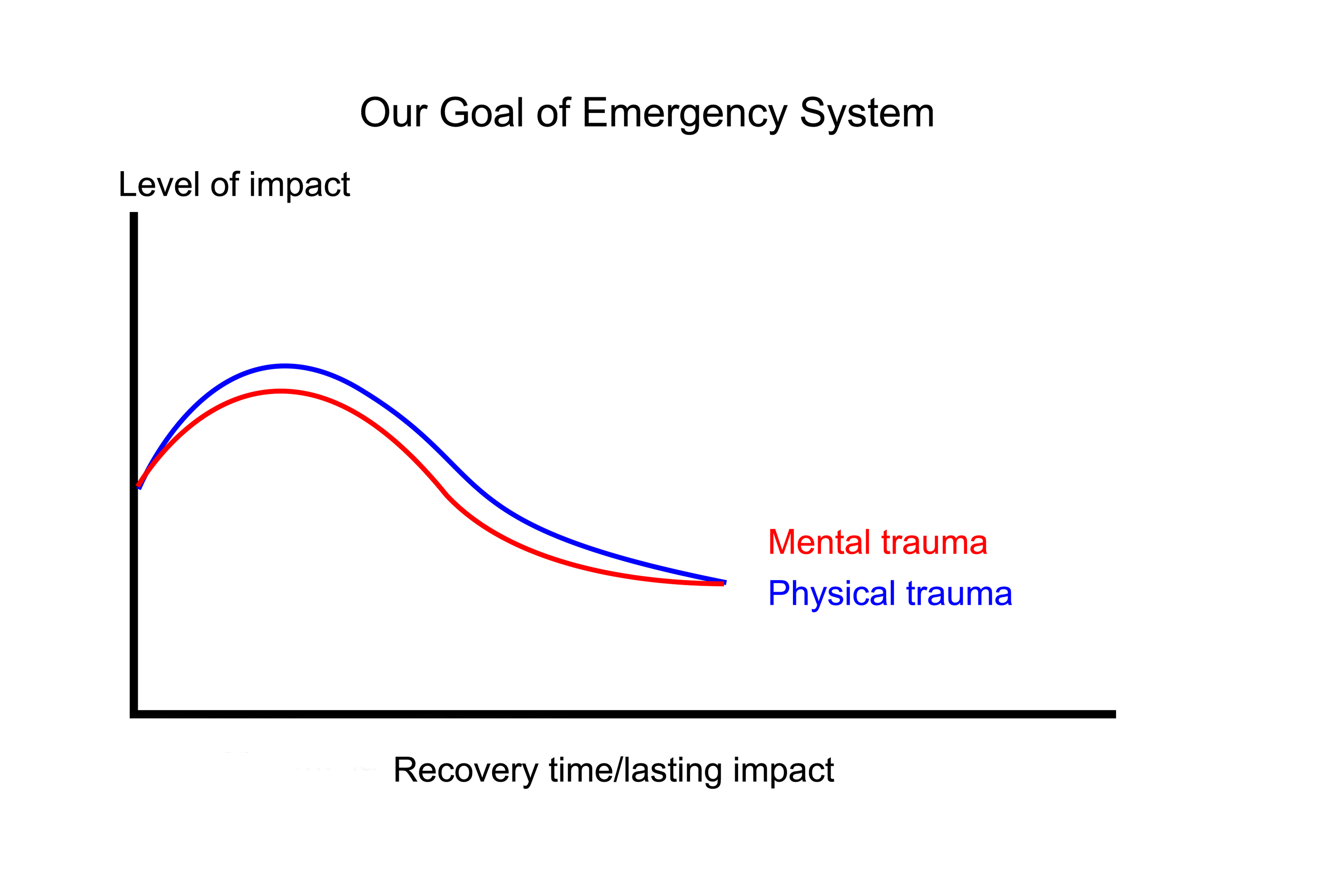
Our site of exploration was to find ways of reducing the recovery time in psychological trauma after an emergency.
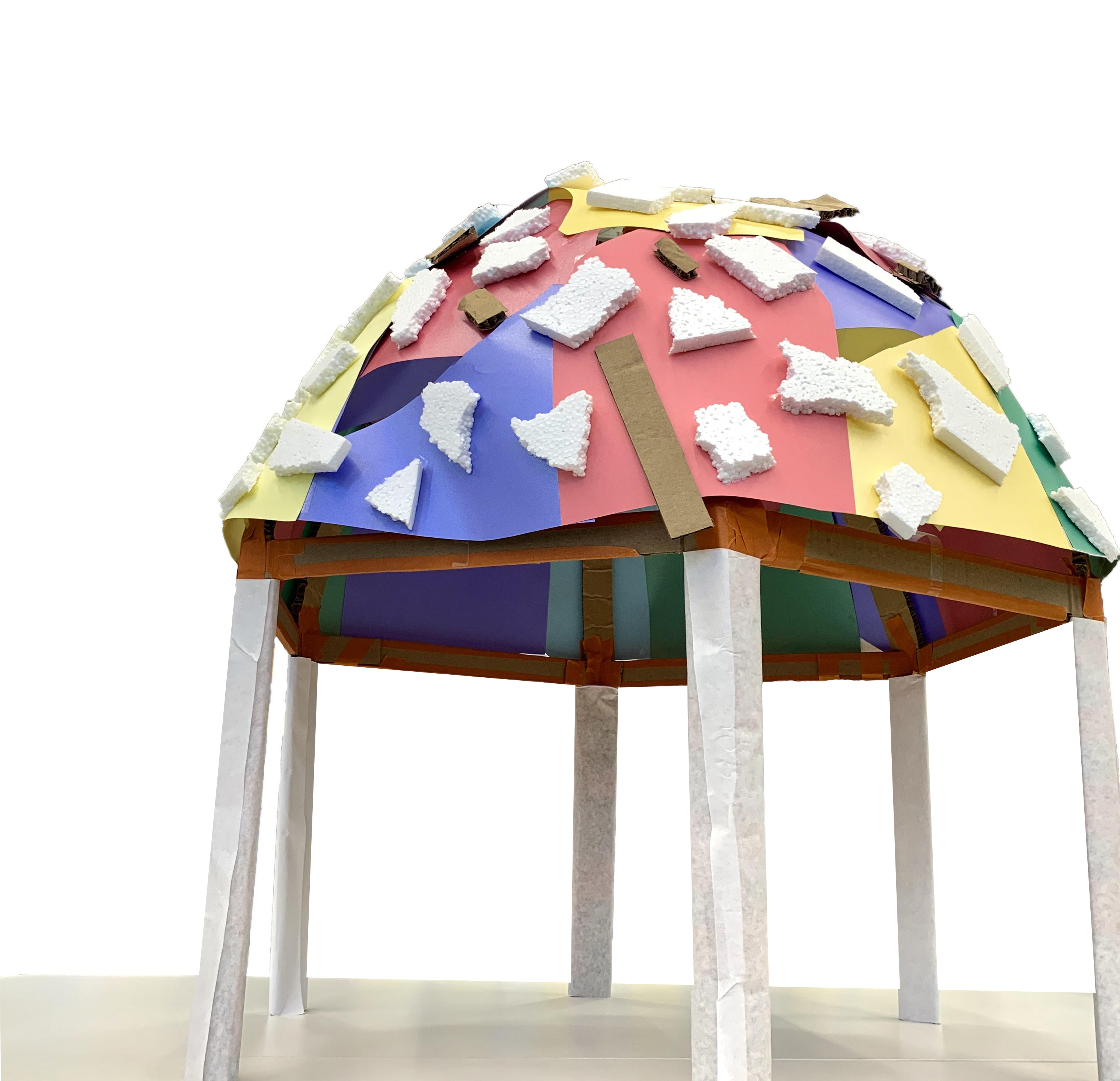
We prototyped a gazebo to focus on the “before emergency” state of mind in order to raise people’s awareness of that mindset.
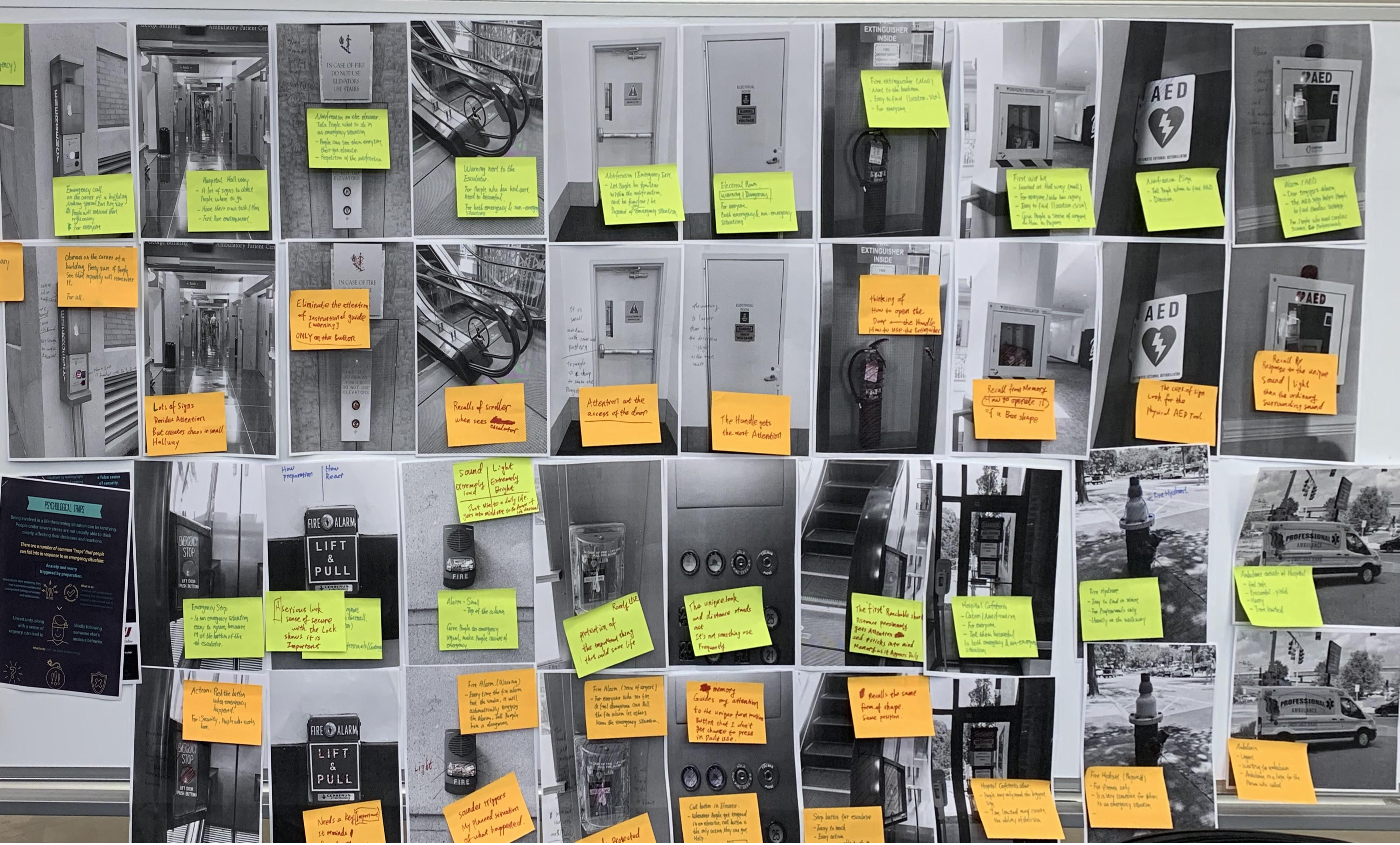
We observed that much of the world is built with our physical safety in mind, such as fire alarms, sprinklers, and emergency exits. Where are the other kinds of safety marked?
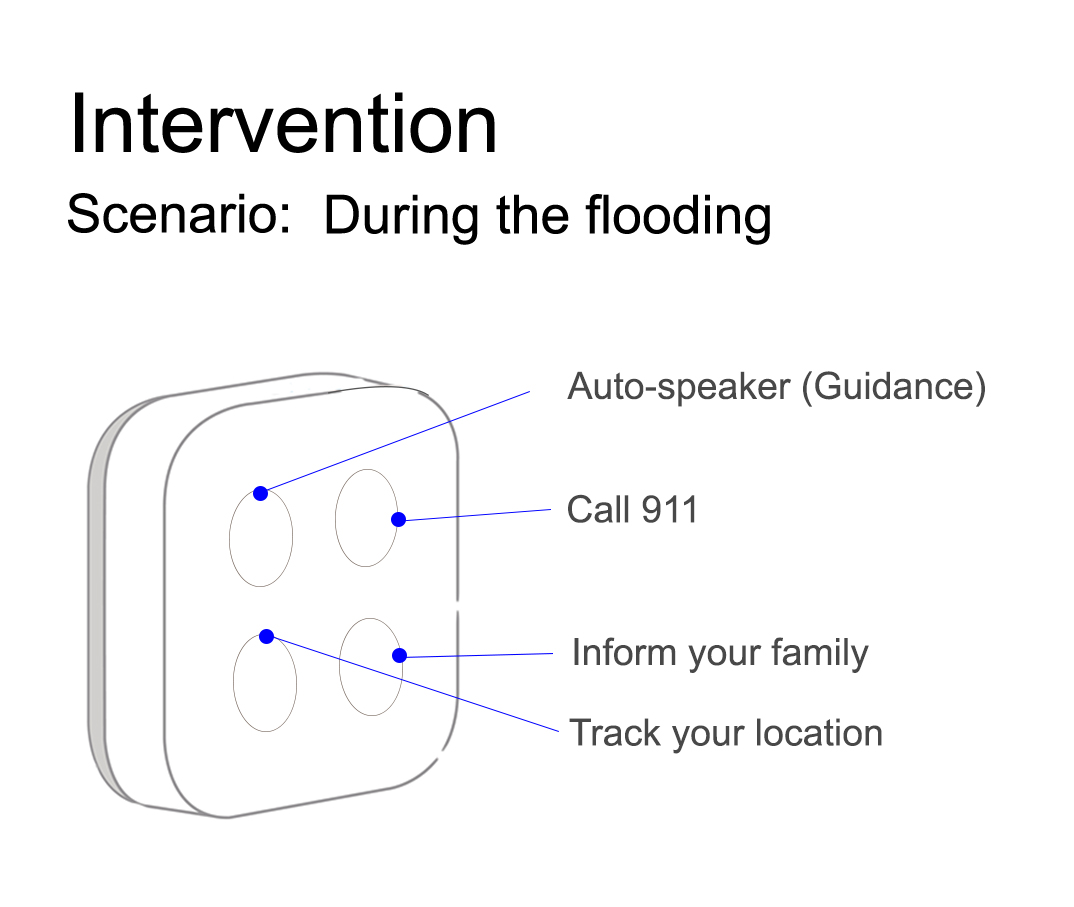
Our Intervention is produced based on the principles we discovered from our research. It emerged from our principles that the best moment for impact is during an emergency. Making people feel comfortable helps stabilize their emotional state, so we used this principle to build trust between our auto-speaker and participants, and help them rely on our auto speaker during an emergency.
How might we reduce the potential for psychological trauma after an emergency, by preparing beforehand?
In our emergency system nowadays, our primary and only goal is to save people’s lives. In the meantime, we forget the quality of our living which is the psychological trauma after the emergency. Therefore, our mission is to create a product/method that is able to help people reduce their psychological trauma after an emergency and be able to prepare before an emergency happens.
In our site visits at Rhode Island Hospital, Providence Place Mall, and Brown University, we noticed several safety features such as signs, alert tools, and alarms. However, even if people are well-trained and familiar with the operational information of these safety features before an emergency, when faced with danger, it is hard to recall these details. If we are able to provide a tool to help people reduce the chances of acquiring mental trauma while facing danger, people would be able to make a more stable decision for their safety during an emergency.
Through this insight, we came to two interventions:
(Before an emergency) - Gazebo prototype: focusing on the pre-emergency mindset. However, we found that this intervention was not sufficient to solve the problem.
(During an emergency - Auto-speaker): to be used during an emergency for stabilizing emotional state, to reduce the impact of mental trauma that might arise after an emergency.
Our Intervention is produced based on the principles we discovered from our research. Primarily, the best moment for impact is during an emergency.
Comforting people helps stabilize their emotional state, so we used this principle to build trust between our auto speaker and participants, and help them rely on our auto speaker during an emergency situation.
There are 4 features of the auto-speaker that reduce the risk of mental trauma.
The intervention (auto-speaker) features:
Guidance (free from worry from running into dangerous areas, feel confidence in safety)
Calls an emergency number (get professional support, reducing the risk of being harmed)
Contacts families (reducing the likelihood of losing contact with loved ones)
Tracks location (real-time location enhances accuracy, and makes it easier for emergency services to reach the site)
With all features highlighted above, it comforts people and stabilizes their emotional state.